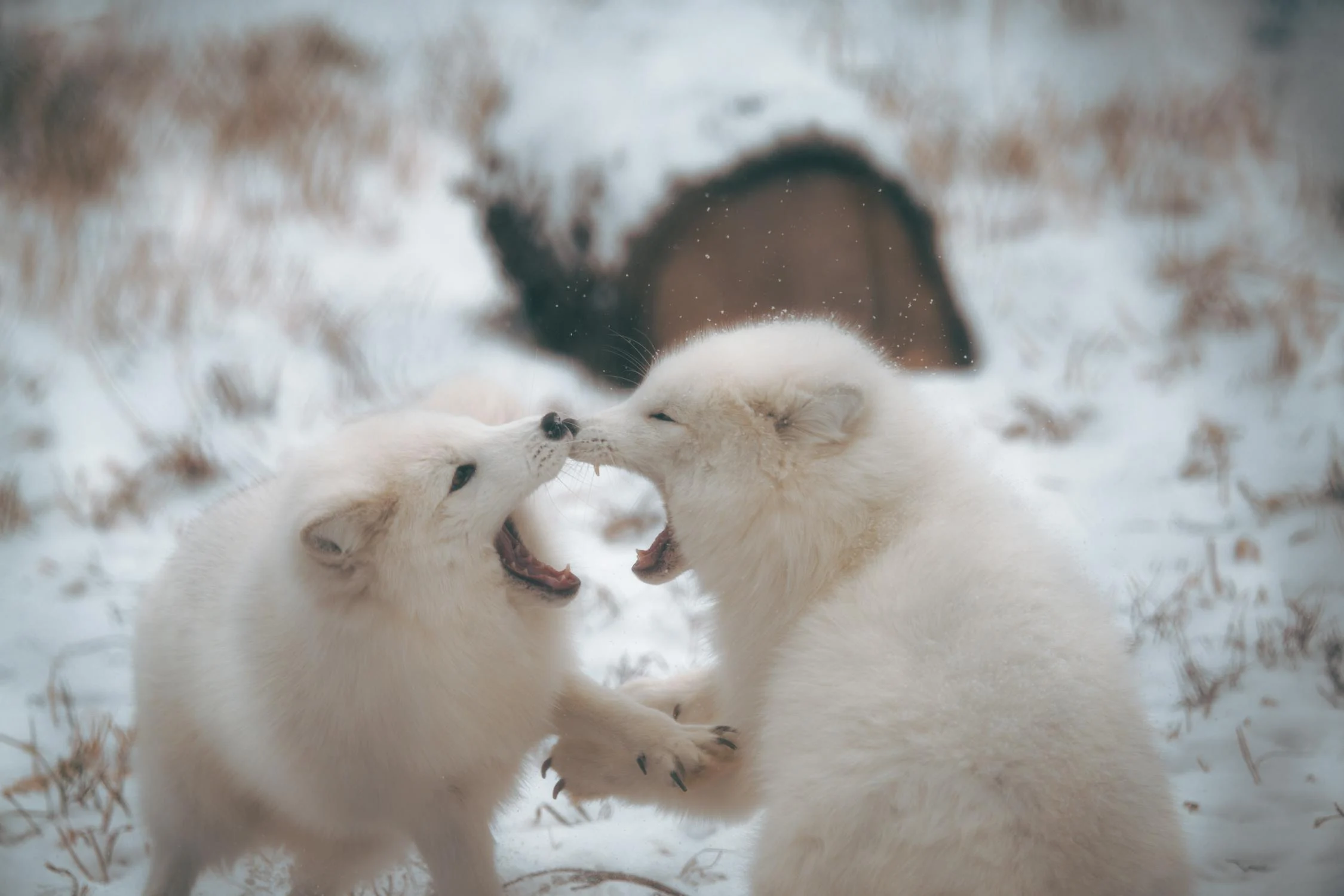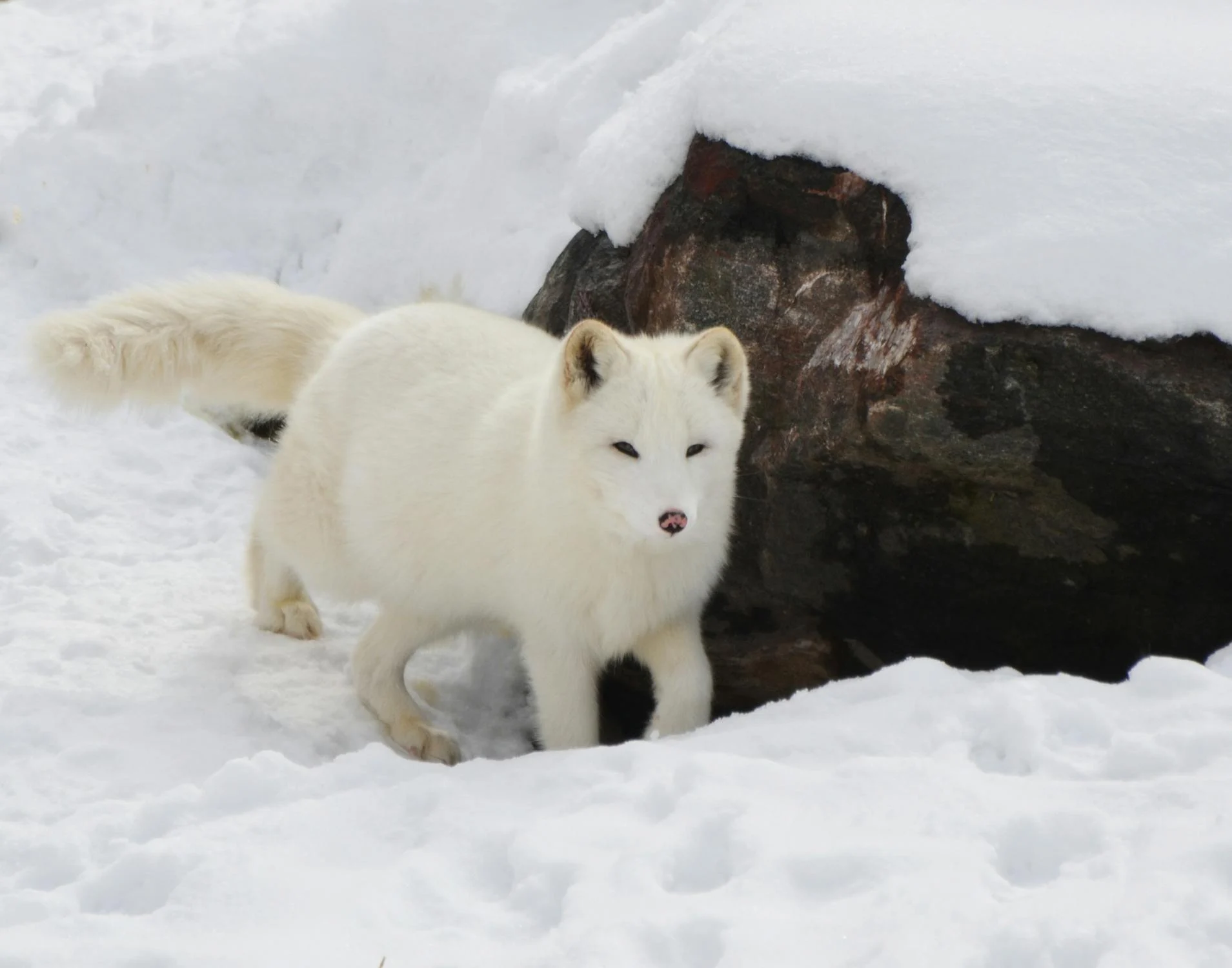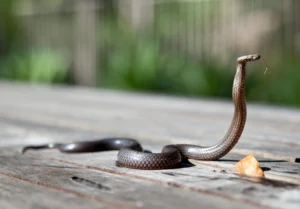Facts about the Arctic fox

Imagine you spend every day in winter at temperatures below freezing, where strong winds drive you. What do you need to stay warm? For Arctic foxes, keeping warm in Arctic tundra, at low temperatures up to -50 degrees Celsius (-58 degrees F), means heavy fur, a nice thick layer of fat, and a compressed body to keep the heat.
Arctic foxes, also known as polar foxes, white foxes, or snow foxes, are about 60 cm (2 feet), less than 30 cm (1 feet) and weigh about 9 kg (20 pounds). That’s the size of a big house cat.
They have dense tails that they can wrap around themselves for more warm sleep. They also have fur at the bottom of their feet. This helps them keep the heat and save them the drag so they don’t slip on the ice.
The color changes with the seasons.
Arctic foxes change colors by season. In summer it is brown, but since the day is short, low daylight leads to the fall of their summer coats and the growth of their winter coats.
For most Arctic foxes, their winter coat is white to align with the surrounding ice environment. In addition, some Arctic foxes have a blue color. These are blue foxes with dark coal all year long. In winter, their coats are still coal-colored, but they are somewhat lighter. In addition, blue foxes can often be found in the Alochian and Prebelov Islands, where the coasts are snow-free.
What do Arctic foxes eat?

Arctic foxes hunt, in the first place, little rodents called rodents. However, they also eat other rodents, fish, birds, insects, eggs and dry animals. Sometimes larger predators, such as polar bears or wolves, are followed to eat their leftovers even though they eat meat in general, but Arctic foxes also eat cranberries and seaweed.
Arctic foxes take their home in a den that digs it from the ground or snow. They can also create their den under a pile of rocks. Each day will always have at least two entrances. They travel their day all year because they travel to search for food.
Extinction and reproduction.
In spring and summer, Arctic foxes live in family groups composed of male and female foxes and their crews. Sometimes, another female without her own groups helps raise her own groups in her own group, and at other times, several females will live together on a big day.
Normally, Arctic fox females give birth to about 5-8 groups, although there can be up to 15 groups in the trash. Dark brown groups with white face marks. They’re weaned when they’re 2-4 weeks old.
The predators of the Arctic fox include polar bears, wolves, gray bears, wolverines, and golden eagles. In addition, they are also hunted by humans, and the typical age of the Arctic fox in the wild is 3.6 years, although it can live up to 10 years.
The state of preservation of the Arctic fox is stable, according to the International Union for Conservation of Nature’s Red List. However, they could become vulnerable if pollution and climate change continued to affect their environment.





